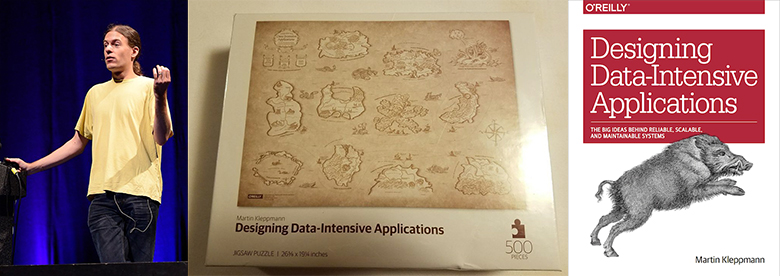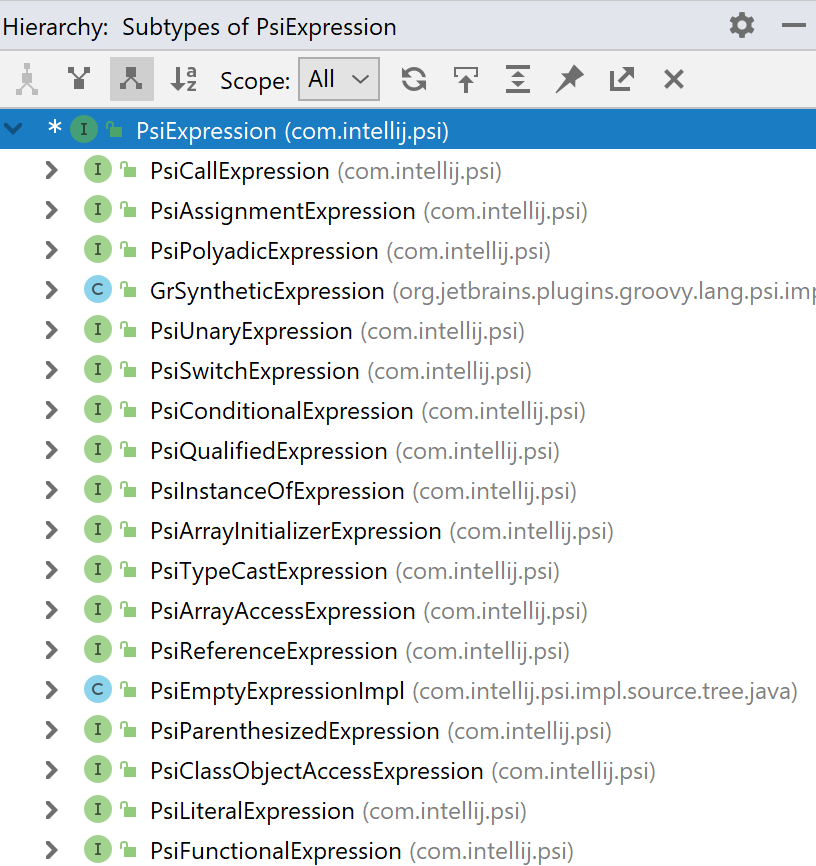Python vs JavaScript: Which One Can Benefit You The Most?

The web development arena is moving at a fast pace and has reached an advanced stage today. Python and Javascript making some significant contributions for almost three decades. Now, being a developer or a business if you are planning to pick one of these, then it’s going to be tough just because both are too good to avoid. Hence, this brings up the topic ‘Python vs JavaScript: Which One Can Benefit You The Most?’
These two languages are supported by various trending web frameworks and libraries which are the real game-changers. The introduction of these frameworks and libraries to the web ecosystem has brought new paradigms, traditional notions, and standards of software development.



 Code search and navigation are important features of any IDE. In Java, one of the commonly used search options is searching for all implementations of an interface. This feature is often called Type Hierarchy, and it looks just like the image on the right.
Code search and navigation are important features of any IDE. In Java, one of the commonly used search options is searching for all implementations of an interface. This feature is often called Type Hierarchy, and it looks just like the image on the right.









 This chapter was translated from Russian jointly by author and by
This chapter was translated from Russian jointly by author and by 
